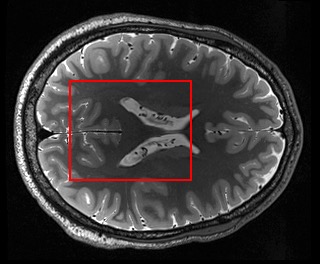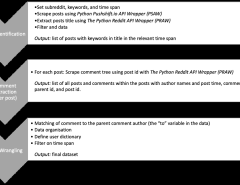Authors: Juhyung Ha, Nian Wang, Surendra Maharjan, Xuhong Zhang
Published on: February 06, 2024
Impact Score: 8.15
Arxiv code: Arxiv:2402.04171
Summary
- What is new: Introduction of the 3D Residual-in-Residual Dense Block GAN (3D RRDB-GAN) with a 2.5D perceptual loss function for improved 3D super-resolution in radiology imagery.
- Why this is important: The limited depth, clarity, and volumetric detail in 3D medical images, which hampers the effective interpretation and analysis of complex medical imagery.
- What the research proposes: The 3D RRDB-GAN model that incorporates a novel 2.5D perceptual loss function to significantly enhance the quality and realism of volumetric medical images.
- Results: Successful 4x super-resolution across diverse datasets, achieving superior quantitative metrics (LPIPS, FID) and qualitative improvements in image detail and realism.
Technical Details
Technological frameworks used: 3D RRDB-GAN
Models used: 2.5D perceptual loss function
Data used: Mice Brain MRH, OASIS, HCP1200, MSD-Task-6
Potential Impact
Medical imaging hardware and software markets, radiology departments, and companies specializing in medical image analysis software could benefit significantly.
Want to implement this idea in a business?
We have generated a startup concept here: Visionary Voxel.




Leave a Reply